From its warm locals and mountainous culture to incredible scenery and ancient ruins, Cusco is an ideal location for digging deeper into the real heart and history of Peru.
Most of us are already aware of the great attractions, such as Machu Picchu and the multi-coloured Rainbow Mountain. However, those who are willing to look further will be rewarded with some unique experiences in Cusco.
In this guide, I’ll uncover 10 amazing things to do in Cusco that you may have never heard of before. From visiting a Coca Leaf Museum to making your own Incan Chocolate, let’s dig up some of those hidden gems!
Plan your trip in Cusco, Peru
10 Unobvious Things To Do In Cusco
1. Hike around the Ausangate National Park
Cusco is known for being the perfect base camp for exploring the surrounding Sacred Valley region, which is full of glacial lakes, towering peaks and once-inhabited Incan sites.
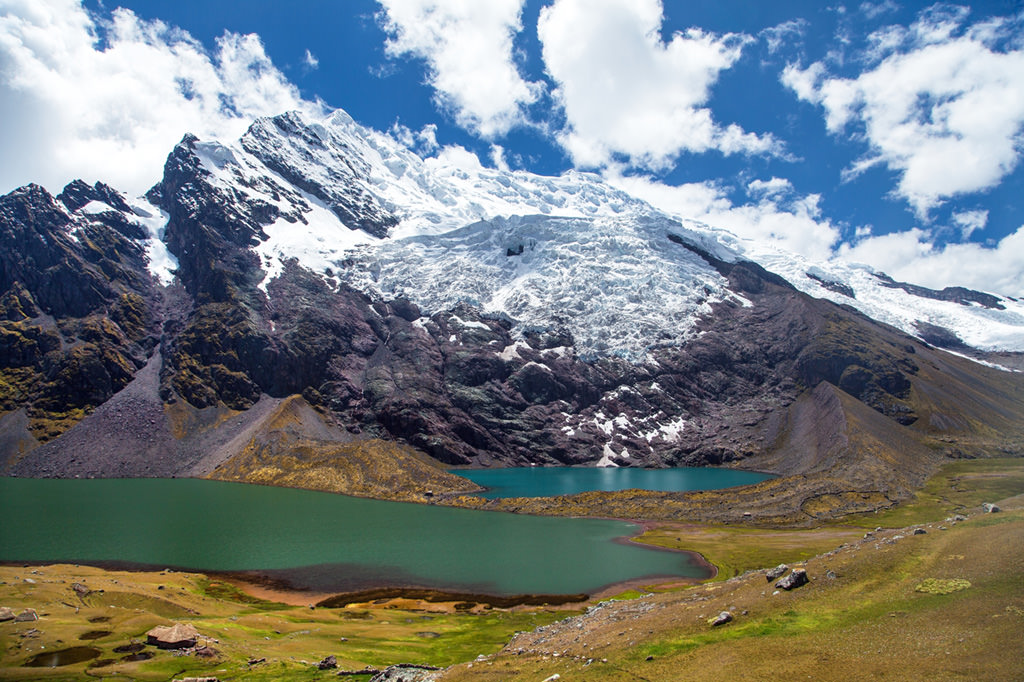
A lesser-known hiking trip is to the Ausangate National Park, which is roughly 85 km from Cusco. This surreal region is home to seven brightly coloured lakes, which range from dark red to light blues.
Also within sight is Nevado Ausangate – a 6300m+ tall Andean mountain that provides a stunning backdrop whilst you are exploring this scenic landscape.
There is a multi-day trek, but most travellers head here on a simpler day hike. Setting off from base camp, the rugged trail takes around 4 hours to complete, and loops back on itself to finish in the same place. There are also mules available for those who need an extra helping hand.
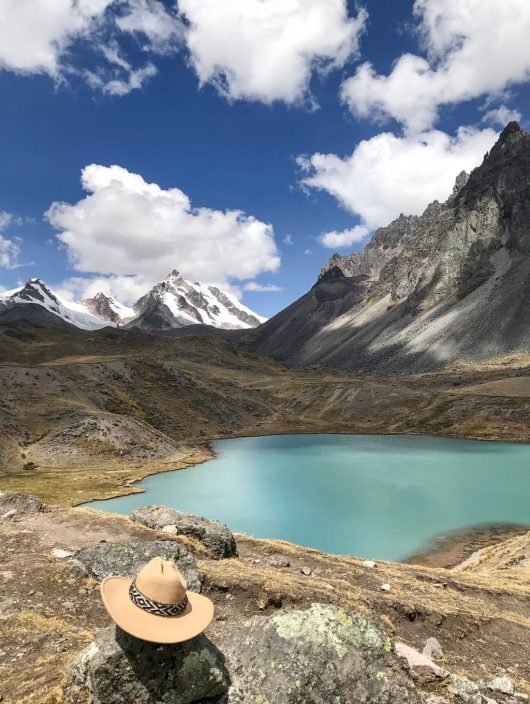
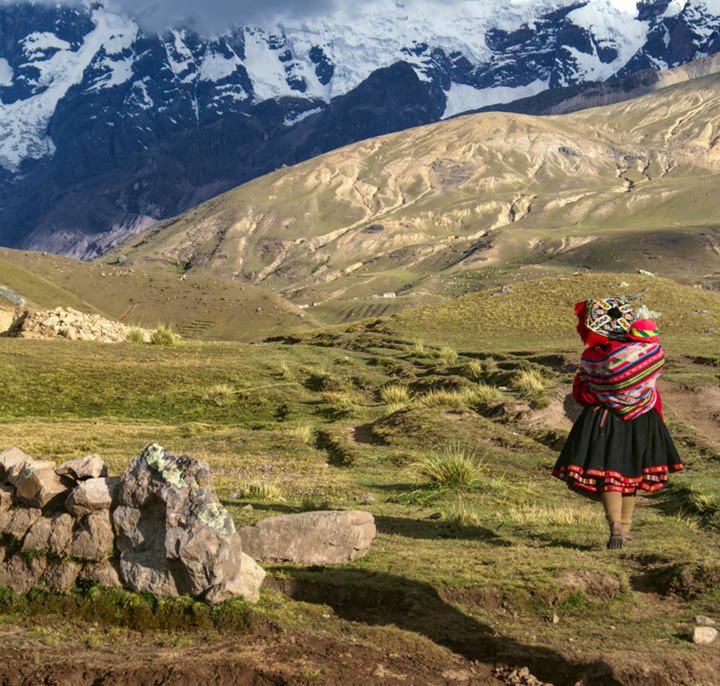
The altitude of this hike ranges from 4000m to 4300m above sea level, so I recommend spending a few days in Cusco first to get well-adjusted. You can also buy Coca Leaves or Soroche Pills (the Peruvian name for altitude sickness pills) which help to prevent any symptoms.
To get to Ausangate National Park you’ll need to come with an organised tour, which can be organised within the Plaza de Armas. Alternatively, you can join this hiking tour, which includes all transport as well as a hearty breakfast and lunch (you’ll need it – so make the most of these meals!).
Advanced hikers or those looking for a more challenging experience can also find multi-day treks around the Ausangate National Park. However, you’ll want to prepare properly given the conditions are less forgiving (not to mention you will be climbing above 5500m!).
2. Learn how to make Andean Chocolate
Whilst most foodies either head to the San Pedro market or stick to local restaurants, there’s also a more indulging way of digging into Peru’s sweeter side of things too.
Peru is renowned for its rich chocolate, which is made from the Cacao plant that flourishes in the remote Andean and Jungle regions around Cusco.
Within the historic centre you can find the ChocoMuseo, where you can get involved in their very own chocolate workshop. From choosing the right Cacao and fruits to sitting back and enjoying the finished product, here you’ll be shown by a pro how to make your very own chocolate bar, every step of the way!
You can also serve up a hot chocolate or tea too, which is very much needed given how chilly Cusco can get at times. As well as learning how to make the good stuff, there’s also a small museum dedicated to the Cacao tree here, which is great for learning about the history of the bean and how it rose to international fame.
You can book your two-hour slot online here. The ChocoMuseo is located within the edgy San Blas district, just a couple of blocks east of the Plaza de Armas.
3. Visit the Christ Statue
Those heading to Cusco are often so excited to visit Machu Picchu and the Sacred Valley, that they tend to overlook gems that are literally within touching distance.
Known as the Cristo Blanco, this statue is a much smaller version of its big brother in Rio de Janeiro, which reaches a height of just 7 metres. Despite this, it’s still a wonder to visit, especially at night when it lights up and illuminates the surrounding area (you can easily see it from Cusco’s centre).
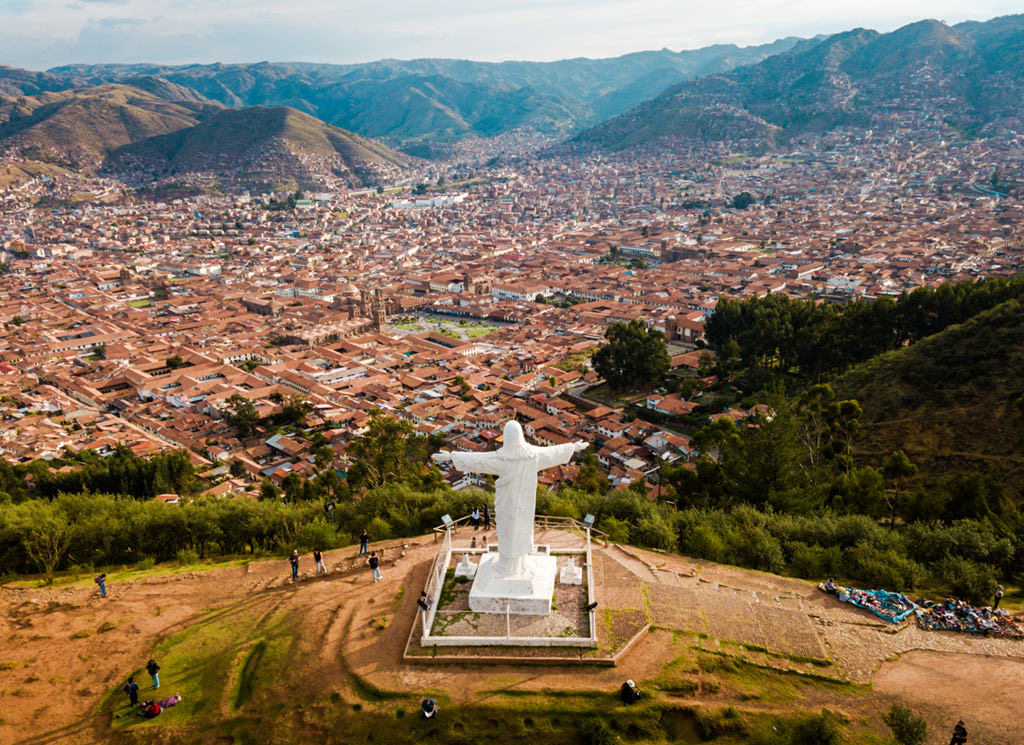
The Cristo Blanco is located on top of the Pukamojo hill, which is to the north of Cusco and overlooks the historic centre. Once you’re acclimated to the higher altitude here, you can walk up to the statue from the San Blas district, which takes anywhere from 30 minutes to an hour depending on your fitness level.
Whilst you can also take the hop-on hop-off bus, I recommend walking since you’ll also pass by the ancient site of Q’enqo on your way up, along with the surrounding forest which you can wander through. It’s also a good idea to start heading up around 5:00pm, where you’ll also be able to watch the memorable sunset as it unfolds over Cusco and the Sacred Valley.
4. Try a Cooking Class
Peru as a whole is known for a lot of things, however the food is what tends to surprise travellers the most. Recently emerging as one of the most upcoming cuisines on earth, here you’ll find popular dishes such as the must-try ceviche, as well as local staples such as Papa Rellena (a potato stuffed with meat) and Papa a la Huancaina (a potato-based dish which is served with a delicious Andean sauce).
Whilst eating out and about is a good way of easing into things, those looking for a deeper experience will love going on a cooking class. Here you’ll first explore the infamous San Pedro Market, which is home to many Cusqueñan staples as well as other popular foods from around the country.
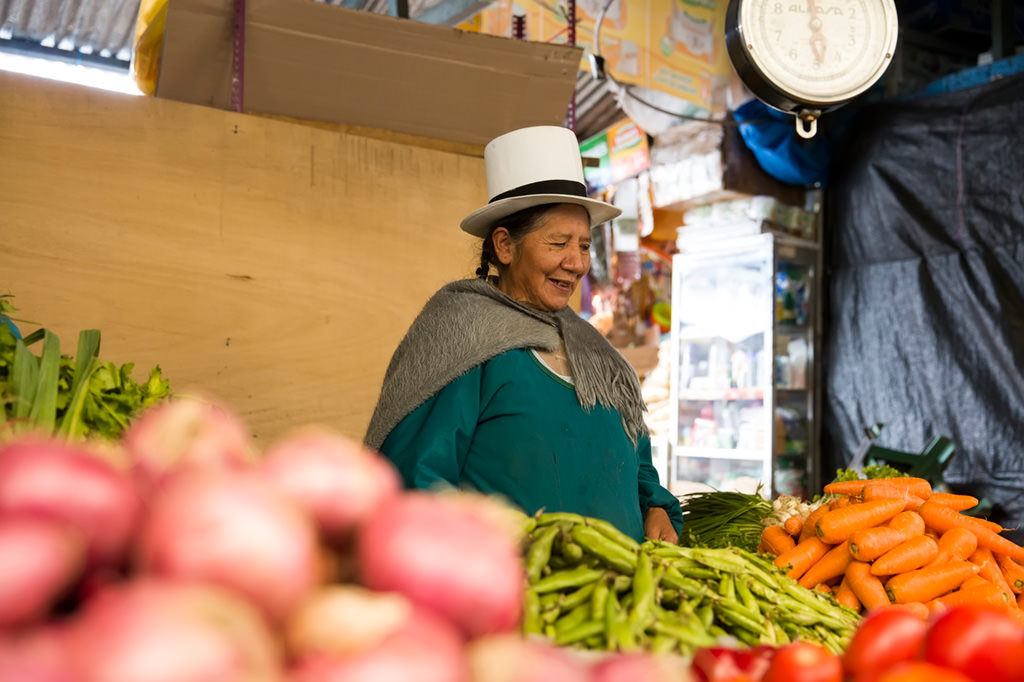
Once you’ve collected your ingredients you’ll then head to a restaurant and begin cooking, where you’ll be shown by an expert chef how to make various dishes such as the locals favourite of Lomo Saltado as well as Ceviche and Chilcano soup. You’ll also be able to enjoy some freshly-made Piscos for your troubles too!
Whilst there’s many different cooking classes to choose from, I recommend the one mentioned above the most as you’ll be in a smaller group, which allows for a more intimate and personable experience.
5. Rafting along the Urubamba River
Adrenaline seekers looking for their next fix shall need look no further!
The Urubamba River is one of the longest that flows through the Peruvian Andes, and also connects to the Amazon Jungle further north too. And with the rocky landscapes providing all kinds of twists and turns, it makes for perfect whitewater rafting conditions.
It’s suitable for all experience levels, although those who want more of a challenge will want to come during the rainy season (from November until late April), where rapids in certain stretches can reach the more difficult IV and IV+ classes.
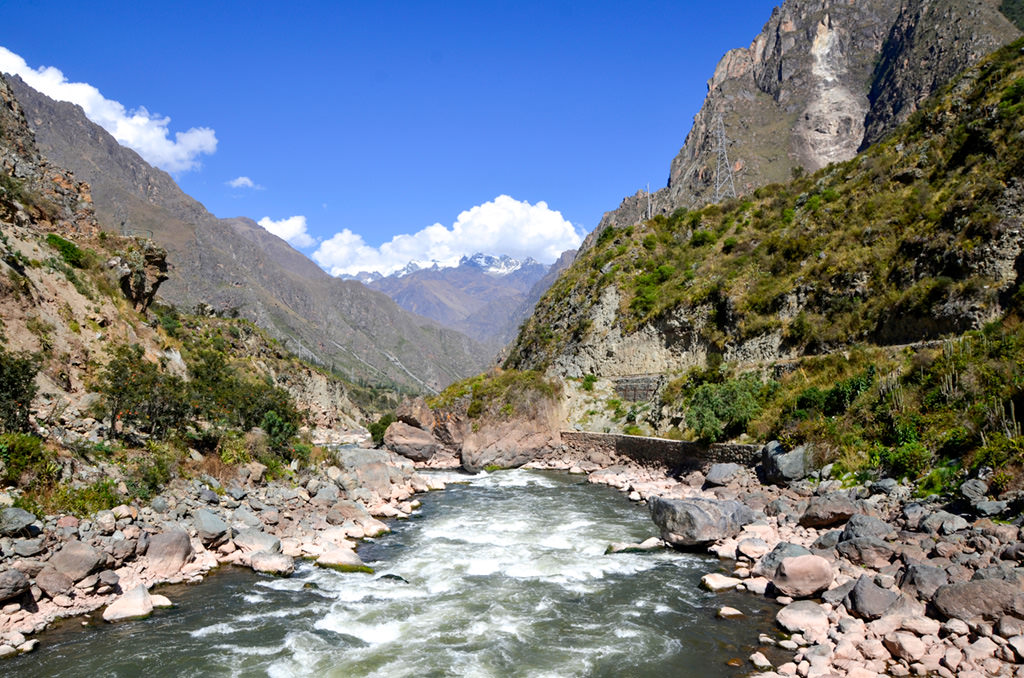
It goes without saying, but this really is one of those activities that you don’t want to attempt alone. I recommend going with this reputable tour, where you’ll spend a half-day enjoying the very best parts of the river. You’ll also have more relaxed portions of the ride too, where you can sit back and enjoy the lush vegetation as it passes you by. At the end you can even go for a quick (long of course) dip in the sauna, and also go zip-lining too before heading back to Cusco.
6. Visit the Museo de la Coca
If you’ve been travelling around Peru for a while (or other parts of South America that are graced with high altitude), then you’ll know just how important Coca Leaves are.
Used as far back as the ancient times, these leaves were known for their medicinal benefits which included resistance to effects caused from being in high altitudes. They allowed workers to work long shifts in the mountains, and nowadays are useful for travellers to get by without too much trouble.
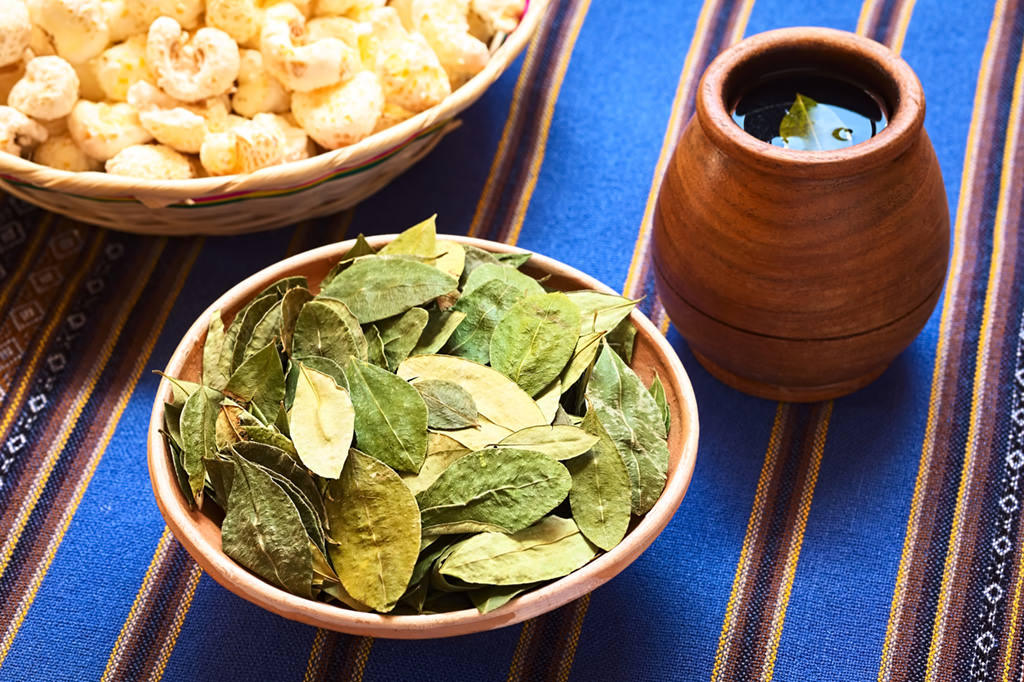
The Museo de la Coca is exactly that – a museum dedicated to this powerful leaf, which also shares the history and importance of it. You can visit the three different exposition rooms inside, which feature different strains and how each has their own particular benefit (useful for those who are looking for different experiences and effects). Also within the museum you’ll find many collections of ceramics and artefacts, which gives us a better idea of how those in ancient times used to live in Cusco and the Sacred Valley.
The Museo de la Coca is located just a few blocks east of the Plaza de Armas, and is a nice stop for those who are exploring the historic centre and San Blas district.
7. Go Horseback Riding
Although the centre of Cusco is an architect’s dream filled with stunning landmarks and things to do, the real magic is found within the surrounding region of the Sacred Valley.
From its rolling ancient plains to dizzying mountain peaks, there’s no better way to explore this diverse landscape than by horseback. On this scenic tour, you’ll be able to spend a day away from the bustle of Cusco, where you’ll explore some truly impressive sights.
You’ll first make a stop-off at the Temple of the Moon. This scenic cave was once worshipped by the Incas, and inside you’ll find ancient cave drawings that depict a Puma and a Snake, amongst others. Even more incredibly, cracks were made in the cave wall so that moonlight would strike the altars at certain times of the year!
You’ll also visit Chacan, which is home to striking mountains as well as indigenous locals you can interact with and get to know. You’ll also be able to get up and close with the Devil’s Balcony, which is a stunning, overhanging cliff.
You don’t need any experience to go on this horse riding tour, and it’s also great since you’ll have all transport included to the ranch, as well as a knowledgeable local guide on hand to teach you the history of the different sites.
8. Try Cuy
Although trying local foods is one of the best ways one can get to know a foreign culture, those with a light stomach may be best skipping this one!
Cuy is the Spanish translation for Guinea Pig, and here they are a true Andean staple for locals (which can be found mostly throughout the mountains of Peru and Bolivia).
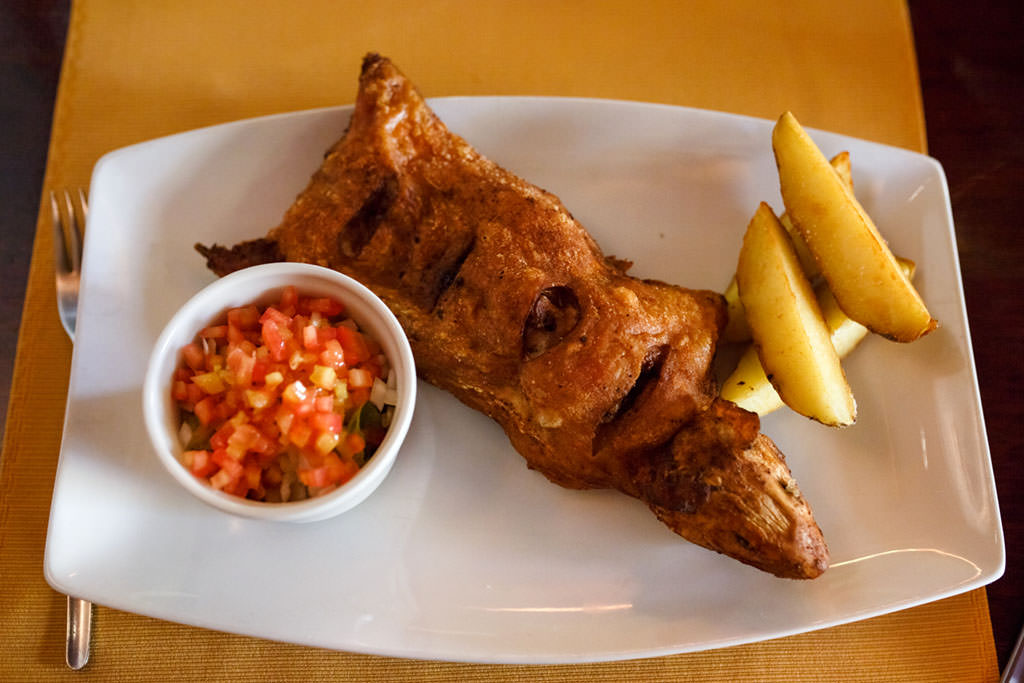
When I first tried Cuy I won’t lie – the presentation certainly put me off. However the taste was surprisingly nice, and one I was glad I pushed myself to try.
Whilst you can find Cuy in other mountainous destinations of Peru such as Huaraz, Arequipa and Churin, Cusco is by far the best and most easily accessible for tourists. I recommend heading to DEVA Cocina Andina to try Cuy, since it’s prepared well here with reasonable prices.
Whilst you could also head to the San Pedro Market or have locals prepare it for you elsewhere, it’s not the best idea for a first-timer given they’ll prepare it right there in front of your eyes!
9. Explore the rural town of Chinchero
As far as towns within the Sacred Valley go, most tourists will only visit Pisac or Ollantaytambo on their travels to this region of Peru.
Whilst they’re certainly gems within their own right, those who are looking for a less touristy and more authentic destination will want to head to Chinchero. Located roughly 29 km north of Cusco, this rural village is known for its ruins and also for keeping ancient traditions alive, including that of hand spinning.
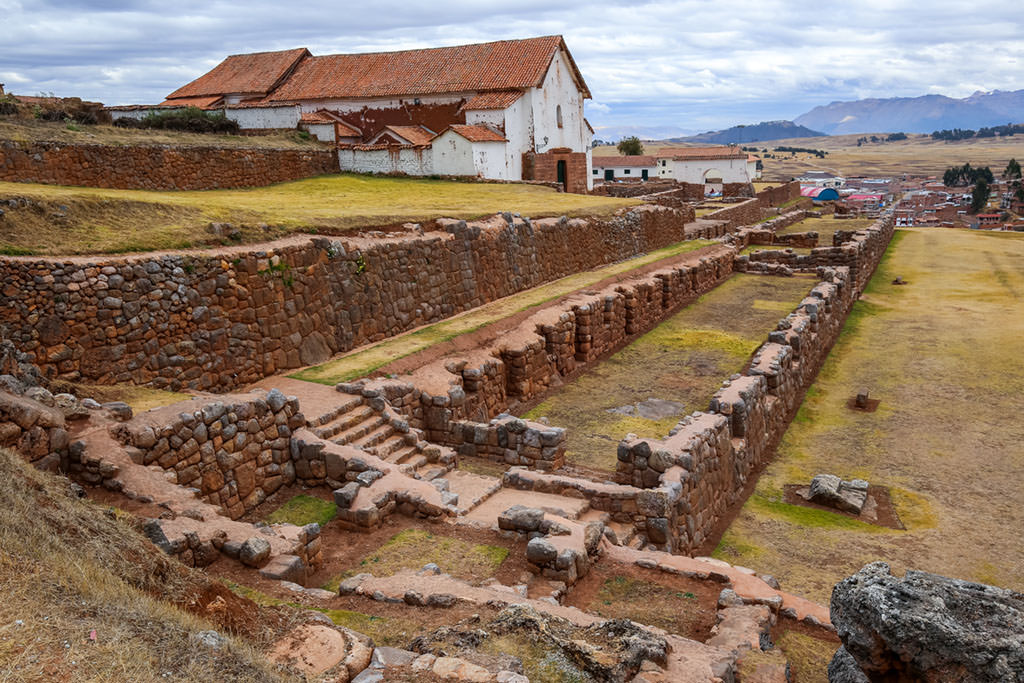
And as such, it’s the perfect place to buy hand-woven garments and souvenirs, and also to interact with the indigenous locals who will show you their traditional ways (which include how to hand spin if you’re up for it).
Chinchero is over 2000 years old, and here you’ll find most locals speaking their native tongue of Quechua – an ancient language that is slowly dying in modern-day Peru.
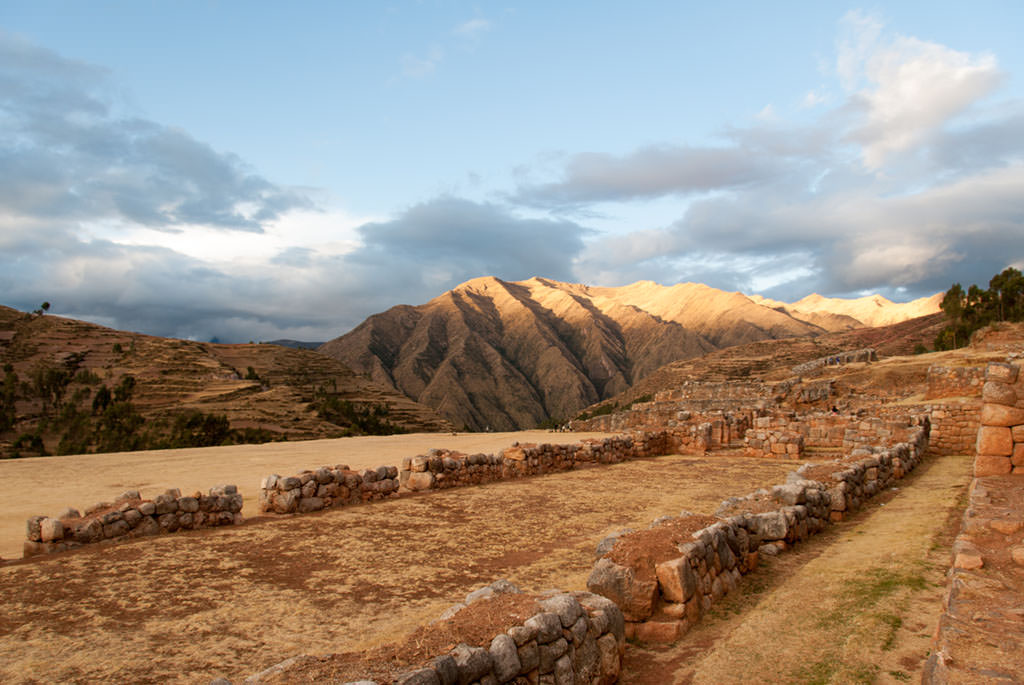
You’ll also find the incredible archaeological ruins of Chinchero, which features a series of metre-high ledges that were once used for agriculture and other practices. You can head to Chinchero with this all-inclusive tour, which also features stops at the salt mines of Maras as well as the circular ruins of Moray.
10. Head to the Museo Inka
Cusco is home to many well-thought out and comprehensive museums, which are one of the very best ways to learn about the ancient civilisations that once roamed these lands. You will also see how Cusco has transformed through the time of the Incas, and how Peru overall has undergone some truly extraordinary changes.
Despite having the name “Inka” in it, the Museo Inka is still visited by fewer tourists, who instead prefer to visit ancient ruins as well as the Museo de Arte Precolombino. However I fully recommend travellers to head to the Museo Inka instead. Situated within a gorgeous colonial building, here you’ll find several rooms displaying gold artefacts, along with textiles and even real mummies too.
This museum is also home to the world’s biggest collection of queros (which were used by the Incans for ceremonial purposes). The courtyard is almost worth the visit in itself too, which is perfect for a snap with its fountain and arched pillars.
The Museo Inka is located right behind the Catedral de Cusco in the Plaza de Armas (shown below).
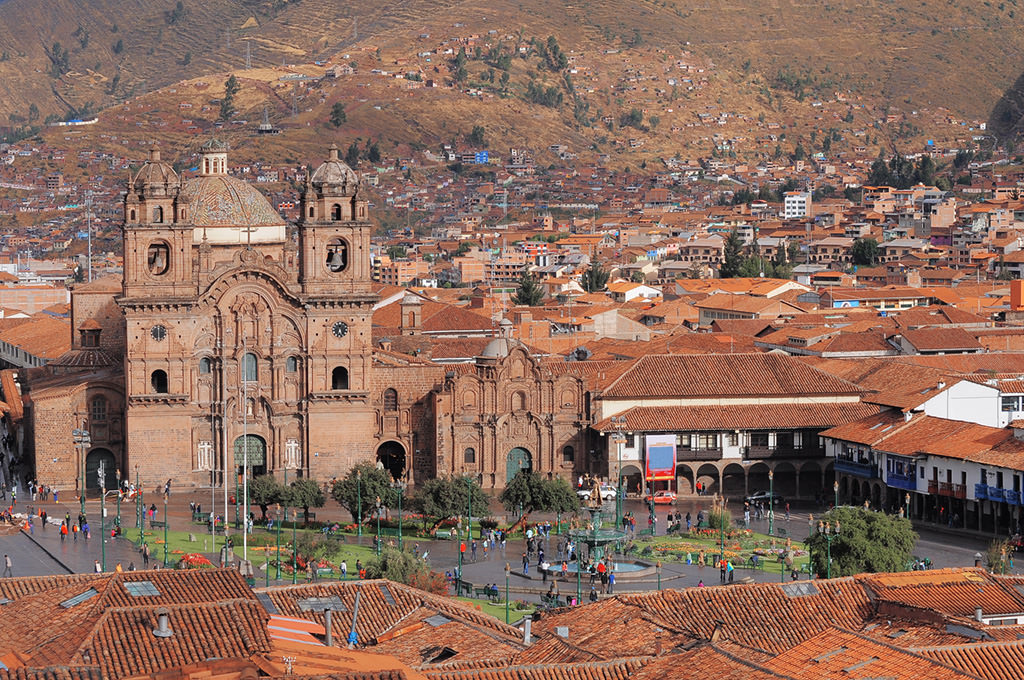
How to get to Cusco
As with any trip in Peru, actually getting to the destination itself is half the adventure. Cusco is located within the Andes in the south of Peru, which makes travel a little more complicated compared to cities along the coastal plains.
By Bus: The first way to get to Cusco is to take the bus, which isn’t for the faint of heart (nor for those who get cranky after a few hours in a seat). From Lima, it will take a lengthy 21 hours, which is one of the longest bus rides you can take when in Peru. Bus companies such as Palomino make this trip daily, and seats are quite spacious (I recommend paying a little more for the semi-cama option, which is closer to a bed than an upright seat).
The bus is the best option for those who are looking for the cheapest way of getting to Cusco, where a one-way from Lima costs around $30. Other nearby cities you can travel from are Arequipa which takes 11 hours, as well as from Puno in the south with the bus taking 7 hours. Just be sure to bring extra layers since these buses can get cold at night, and also to bring as much food and drink as you deem necessary.
By Plane: The other way of arriving into Cusco is by plane. It’s the most popular choice of course, since it takes just a couple of hours. The other reason is that the price of a flight from Lima to Cusco is actually quite cheap, costing between $35-45 one-way (not including baggage fees).
Whilst costs are similar between the two, I would recommend travellers who are on a tight schedule to take the flight. This way you’ll be able to hit the ground running with more time in Cusco, as opposed to spending a whole day travelling followed by the inevitable grogginess that a 21+ hour bus induces (trust me on this one).
Cusco Travel Tips
After having spent a couple of weeks exploring Cusco through and through (I’ve got a habit of walking aimlessly through new areas), I’ll now share some of my own tips to help you get the most out of your trip here.
Prepare for the Higher Altitude
The first (and most important) thing to understand about Cusco is that it’s a high-altitude city.
Located up at around 3400m, it’s common for us low-lying humans to have uncomfortable reactions, given there’s less oxygen in the air. Symptoms can start as pounding headaches and nausea, leading to sickness and even nosebleeds (the last one was the least fun of them all).
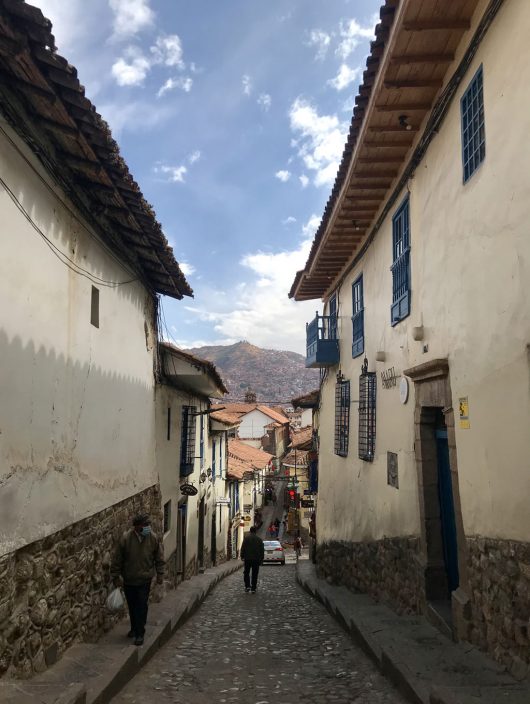

However there are precautions you can take to avoid all of this in the first place. The first is to drink Coca Leaf tea, which is served in most hotels and hostels and has been used by natives for thousands of years to overcome issues caused by the higher altitude. You can also buy Soroche Pills from any Inkafarma too, which provides quicker relief.
I also recommend spending the first couple of days relaxed as your body begins to adjust (avoid strenuous hikes during this time).
Take advantage of the Menu Ejecutivos
Peruvian food really is solid all-round, and Cusco is the perfect place for trying both national delicacies as well as specialities from the mountains.
Whilst you could eat at classy establishments all day non-stop, I would recommend heading to a local restaurant to eat the menu ejecutivo. This is a two-course meal that combines some of the best Peruvian dishes, and is also very cheap too (at just 15 Soles maximum it’s definitely the best option for budget travellers).
Some of the dishes I recommend trying include Papa a la Huancaina or a warm Caldo to start with, followed by either Lomo Saltado or Bistec a lo Pobre. The best places to eat the menu ejecutivo in Cusco are found within the San Pedro Market (in the food court), as well as there being some good options just south of the Plaza de Armas too.
Final words
And that’s everything for this guide on visiting the lesser-known attractions hidden away in Cusco.
This city really is a must-see when heading to Peru, and is an ideal stop along the southern portion of the country. Here you’ll be able to hike in some truly magical landscapes, and also to visit ruins which include the Inca fortress of Machu Picchu.
But as you’ve seen, Cusco is much more than the usual touristy highlights that most travellers focus on. This city is full of many underrated sights and activities that most never get to experience, simply because they’re not on the mainstream path yet.
If anything I think this makes it a perfect time to go and visit them, just as I did. Not only will you have fewer crowds there with you, you’ll also get to know Cusco in a much more intimate and memorable way.
Some links may be affiliate links, meaning I may earn commission from products or services I recommend. For more, see site policies.
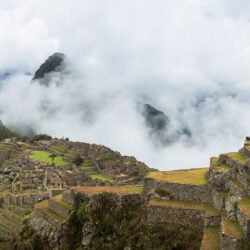
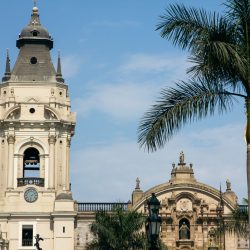




0 comments
Leave a comment
Your email address will not be published. Comments are manually moderated.